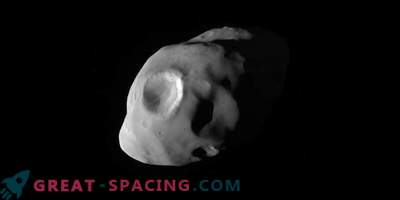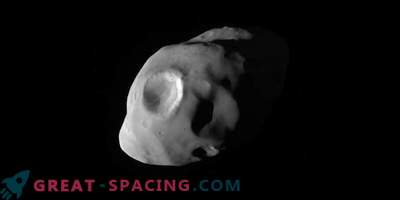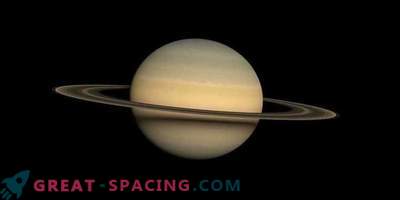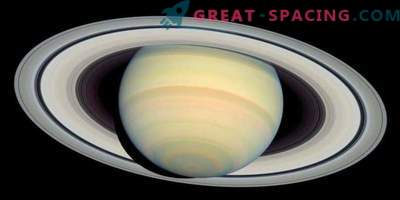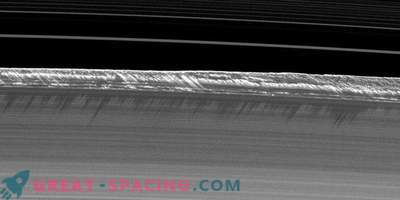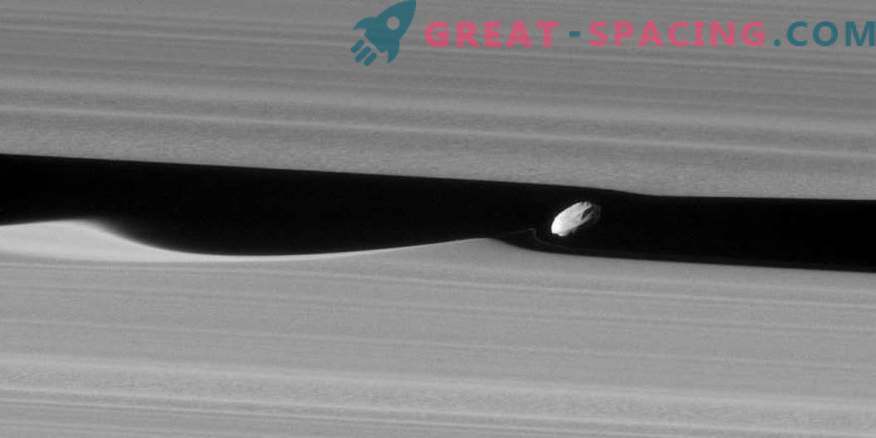
While the mission successfully glides over the rings of the gas giant, it manages to track down the smallest details in the interactions of the particles of the rings and the gravity of a tiny satellite.
The risky passages of the apparatus between the rings are already paying off, providing beautiful and spectacular views that hid from our eyes so far. But now the observation of Daphnis made it possible to capture the fine processes carried out when working in rings.
Flying around the Saturn system since 2004, NASA's Cassini mission has enriched us with incredible shots of seemingly flat rings. The camera of the robotic probe managed to catch the ripples and waves caused by the gravity of small moons located in numerous annular gaps. In one 26-mile gap, Keeler Gap travels the moon 5 miles wide. And it greatly affects the tiny particles at the edges of the gaps.
Oblique viewing angle is a bit misleading. We do not look down on the ring plane, but get a view of the satellite from the side. The waves are in the foreground, so the ripples go up and down as the moon rotates in its orbit. The gap also seems narrower than the actual width of 26 miles. Cassini was 17,000 miles from the satellite on January 16, when it took this picture. Earlier in 2009, the device had already detected these waves, though from a distance, when the gas giant passed through equinox. Then the annular plane stood parallel to the direction of sunlight, which allowed any vertical structures to cast a shadow:
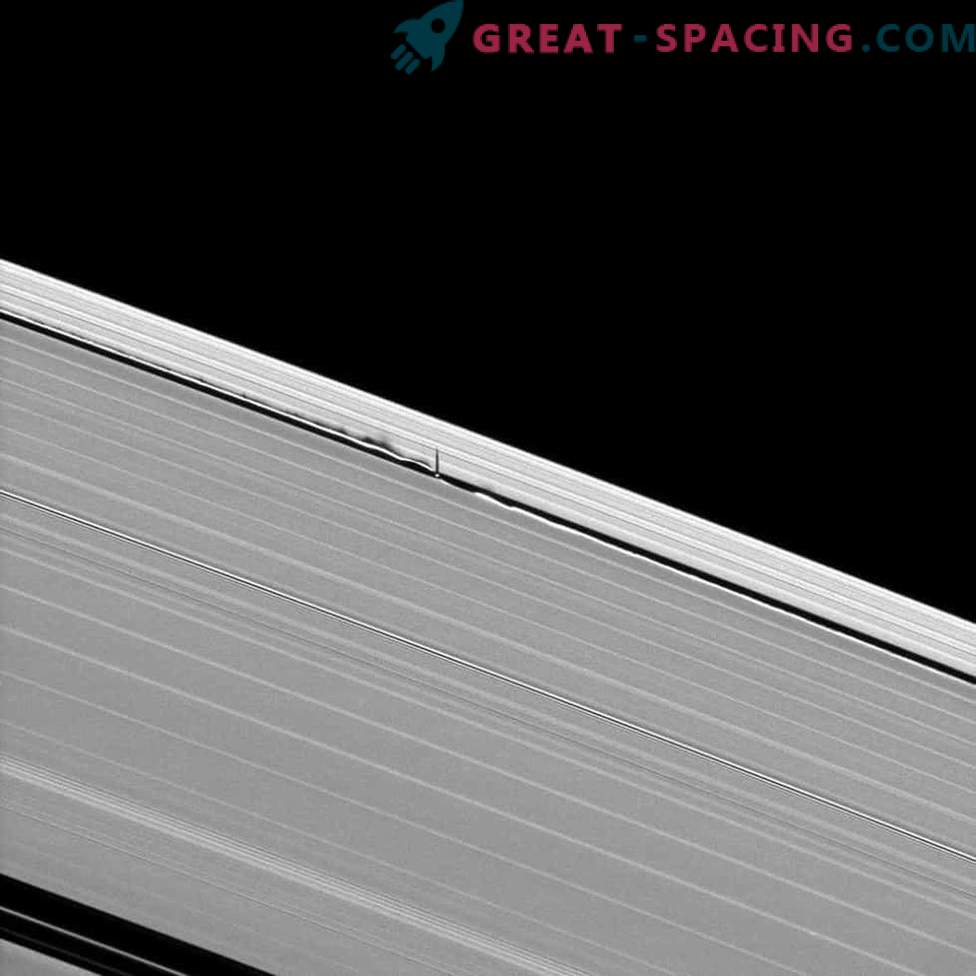
Daphnis and the waves she created in 2009, when the Cassini spacecraft approached 414,000 miles.
A close inspection reveals previously unnoticed details. Of particular note is a narrow ridge, which seems to bend around the equator, and a smooth layer covering the surface - signs shared by other cyclic satellites Atlas and Pan. In addition, visible obvious craters, proving that even the smallest objects are not protected from impacts.
Another feature is a thin stream of dusty material to the left of the satellite. This is probably a cluster of dust, trailing from the gap and spreading into space.
Although the mission of Cassini will end in September, breaking on the planet, we will still see a lot of interesting things. And the very fact of the passage of the apparatus between the rings is a real feat, which has no analogues yet.

